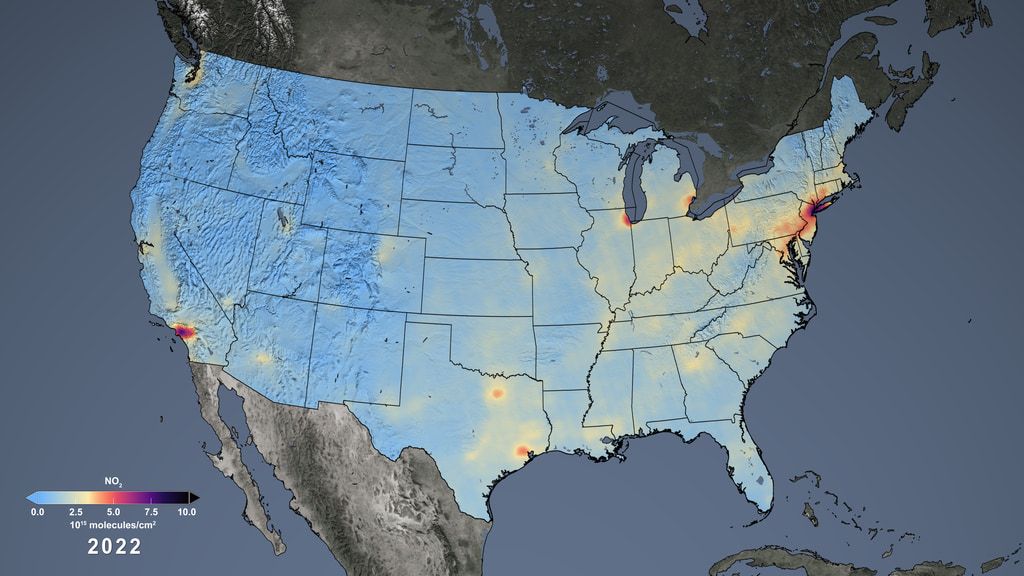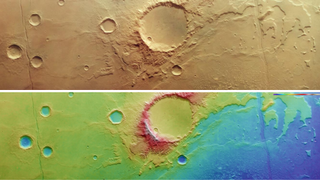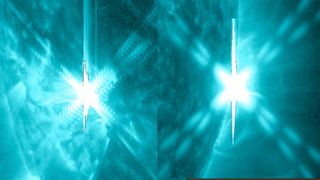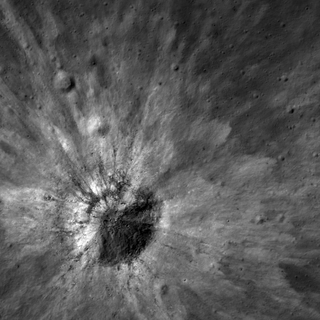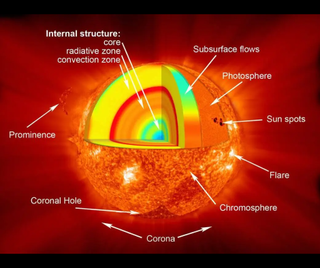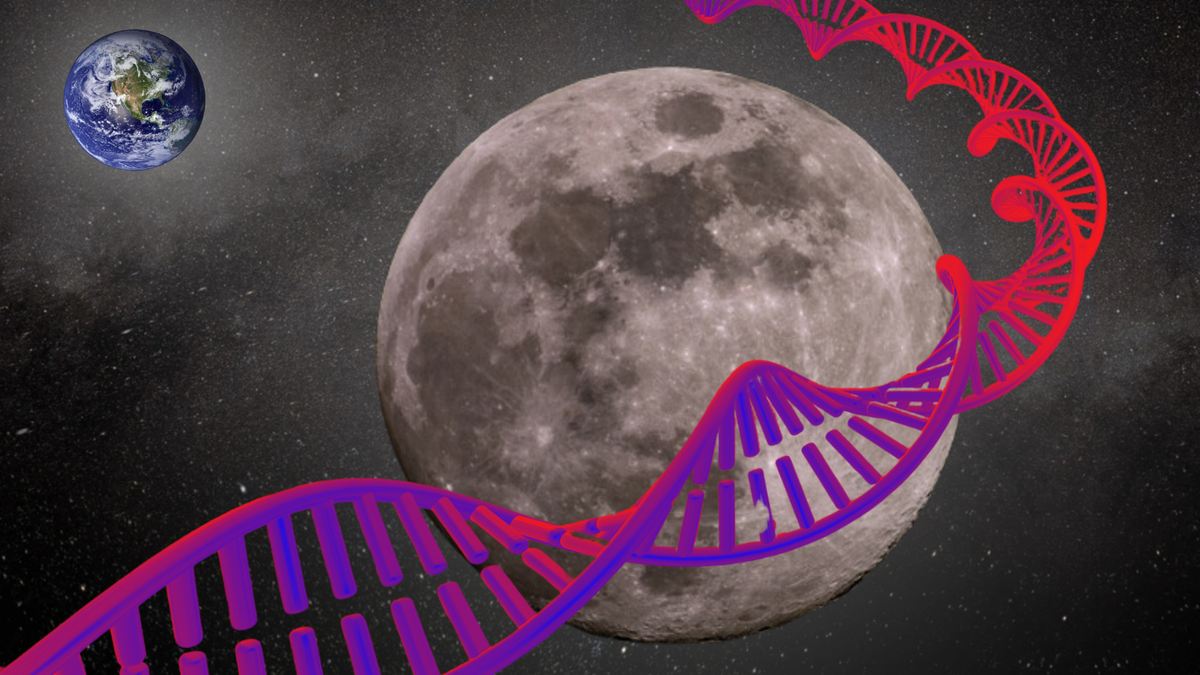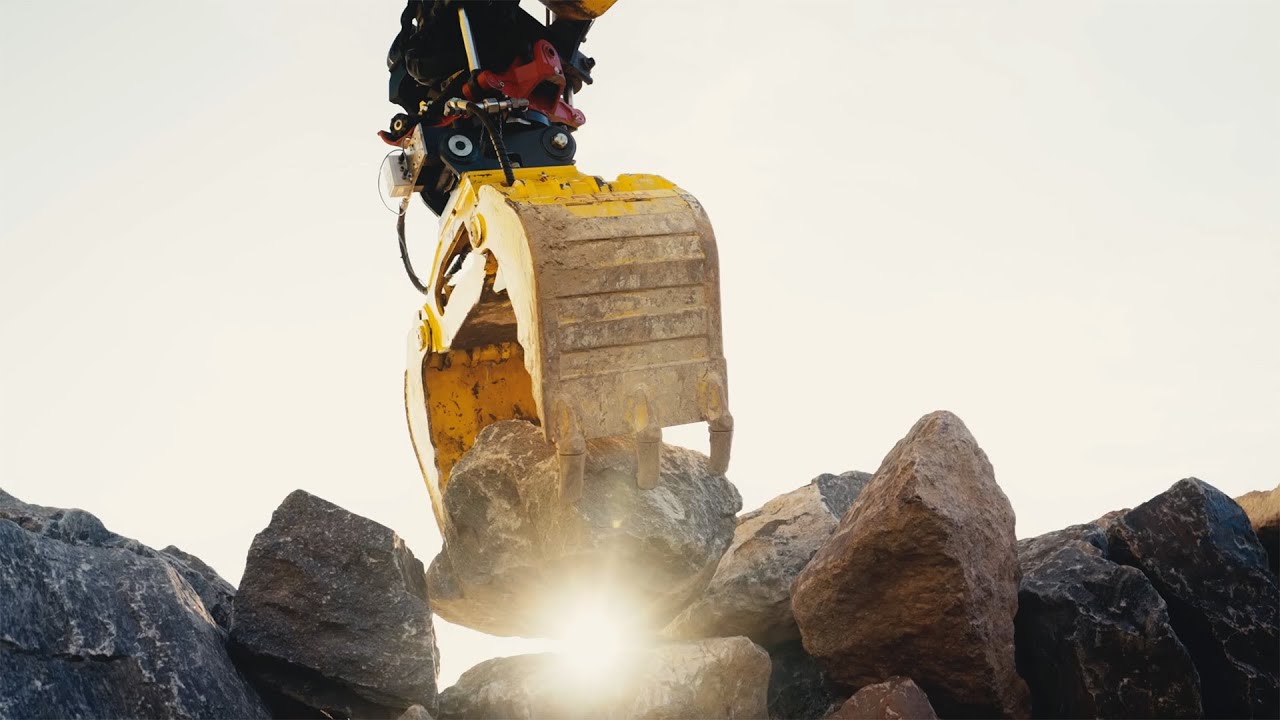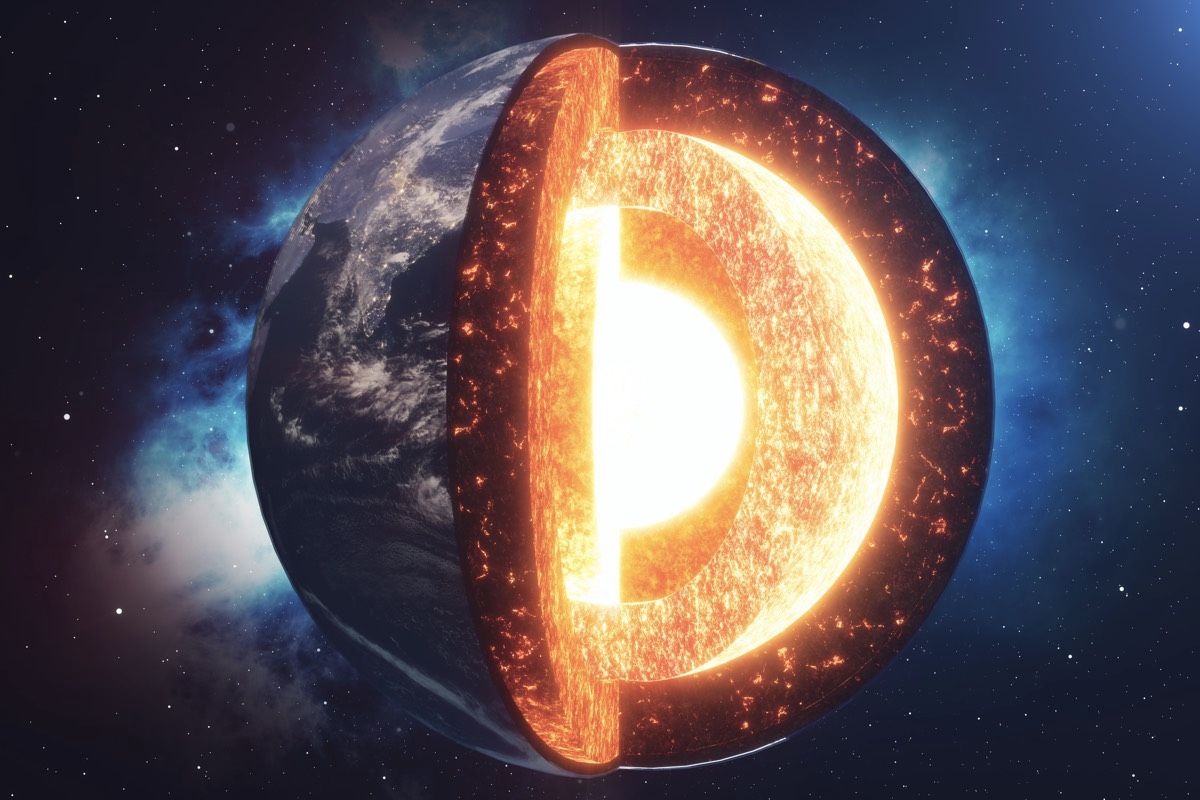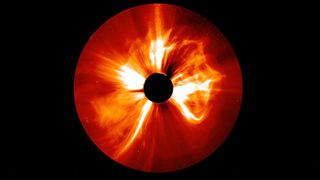Scientists harnessed satellite technology to track a key air pollutant previously absent from a national database, NASA announced earlier this week, marking a crucial step forward in monitoring differences in air quality across the U.S. and identifying groups whose health is unfairly affected. Measurements of nitrogen dioxide, which is primarily released into air through the burning of fossil fuels and can lead to respiratory diseases like asthma among other health problems, had been missing from the Environmental Justice Screening and Mapping Tool, or EJScreen. The database is maintained by the…
Read MoreTag: Solar System
Mars Express orbiter takes a deep dive into ancient Red Planet lake (images)
A Mars orbiter has just taken a “deep dive” into an ancient Martian lake, figuratively, at least. Larger than any lake currently on Earth, the dried-up remnants of this ancient lakebed were just captured in incredible detail by the European Space Agency (ESA) Mars Express spacecraft, which has been orbiting the Red Planet since 2003. “This patch of Mars — shown in a new view from Mars Express’s High-Resolution Stereo Camera (HRSC) — is known as Caralis Chaos,” ESA scientists wrote in a statement. “We believe that water, and a…
Read MoreThe sun fires off 2 powerful X flares in less than 2 hours (video, photo)
The sun showcased its immense power yet again this morning (August 5), firing off not one but two X-class flares. X flares are the strongest solar flare class. Today’s first X blast, which launched from a sunspot called AR3767, reached its peak around 9:40 a.m. EDT (1340 GMT), clocking in at X1.7 on solar scientists’ flare scale. Then, less than two hours later, the sunspot AR3780 fired off an X1.1 class solar flare, which peaked at 11:27 a.m. EDT (1527 GMT). Solar flares are often accompanied by huge eruptions of solar…
Read MoreThe moon’s thin atmosphere is made by constant meteorite bombardment
It is easy to imagine the moon as an atmosphere-less hunk of rock orbiting Earth. However, while lacking breathable air, our planet’s loyal natural satellite companion does have a thin and wispy atmosphere. Scientists have long puzzled over the existence of this tenuous atmosphere or “exosphere” and have searched for the main process that sustains it, but new research indicates that this tenuous lunar atmosphere or “exosphere” owes its existence to renewal and replenishment caused by the violent bombardment of space rocks upon the moon. The team behind the research…
Read MoreMagnetic fields on the sun could solve longstanding solar heating mystery
Scientists have long wondered why the hot soup of charged particles in our sun’s atmosphere gets hotter moving away from the surface of the sun. New research may have the answer, finding the super-hot nature of the sun’s outer atmosphere or “corona” could be due to the intriguing behavior of small-scale waves in this nebulous plasma. These waves, known to scientists as “kinetic Alfvén waves” or “KAWs,” are wave-like vibrations of magnetic fields manifested by motions in the sun’s photosphere. The findings could provide an important clue to decoding the…
Read MoreCan the moon help preserve Earth’s endangered species?
Could the moon soon be home to frozen biological samples of Earth’s endangered creatures? New research suggests scientists could use naturally occurring lunar cold spots, some of which haven’t seen sunlight for billions of years, to do just this. Recent studies have shown that as many as 8 million species exist on Earth, and over 1 million of these are under threat of extinction. Worryingly, this estimate could be the tip of the iceberg, as there could be many species that could become extinct before they have even been identified.…
Read MoreMoon robots could build stone walls to protect lunar bases from rocket exhaust
An autonomous, robotic hydraulic excavator could build a dry stone wall to act as a blast shield around a launch pad on the moon, propose a team of Swiss researchers. The excavator would make use of in situ materials (rather than the costly practice of transporting building material from Earth to the moon), collecting rocks on the lunar surface for use in a ringed wall with a radius of between 50 and 100 meters (164 to 328 feet). “The robot would be used to both collect the boulders as well…
Read MoreEarth’s plate tectonics fired up hundreds of millions of years earlier than we thought, ancient crystals reveal
The plate tectonics that cause earthquakes, build mountains and split continents may have started when Earth was in its infancy, new research finds — significantly earlier than many scientists previously thought. The new study suggests plate tectonics started more than 4 billion years ago — not long after the planet formed 4.5 billion years ago. In this era, known as the Hadean, Earth was fresh and piping hot, with an ammonia-and-methane atmosphere imbued with enough water to eventually condense into a planet-wide ocean. During this period, Earth cooled enough to…
Read MoreSun blasts out most powerful flare of current solar cycle, sends massive coronal mass ejection into space (video)
On Tuesday (July 23), Europe’s Solar Orbiter (SolO) spacecraft witnessed an extremely powerful X14 class solar flare erupt from the far side of the sun. Although it was not the most powerful flare ever recorded, which was estimated at roughly a X45 back in 2003, solar flares of this magnitude can result in longer-lived radiation storms and even world-wide blackouts if they are directed at Earth. The X-class are the leaders on the classification scale, and blast out energy 10 times more powerful than M class flares, which is second…
Read MoreDiscovery of ‘dark oxygen’ from deep-sea metal lumps could trigger rethink of origins of life
Potato-size metallic nodules strewn across the Pacific Ocean seafloor produce oxygen in complete darkness and without any help from living organisms, new research reveals. The discovery of this deep-sea oxygen, dubbed “dark oxygen,” is the first time scientists have ever observed oxygen being generated without the involvement of organisms and challenges what we know about the emergence of life on Earth, researchers say. “When we first got this data, we thought the sensors were faulty, because every study ever done in the deep sea has only seen oxygen being consumed…
Read More